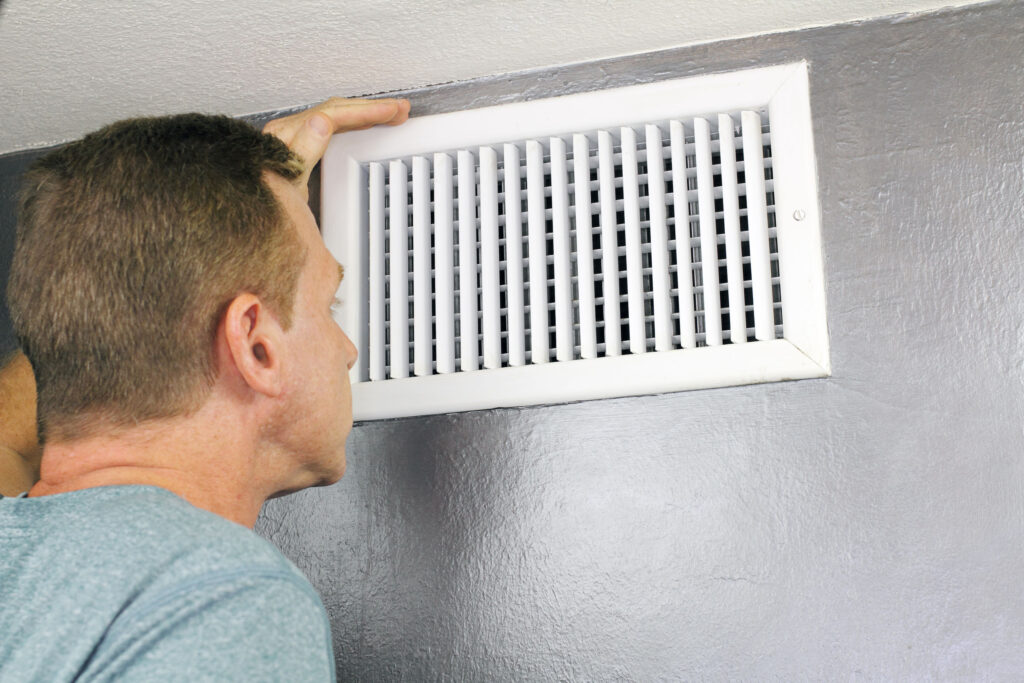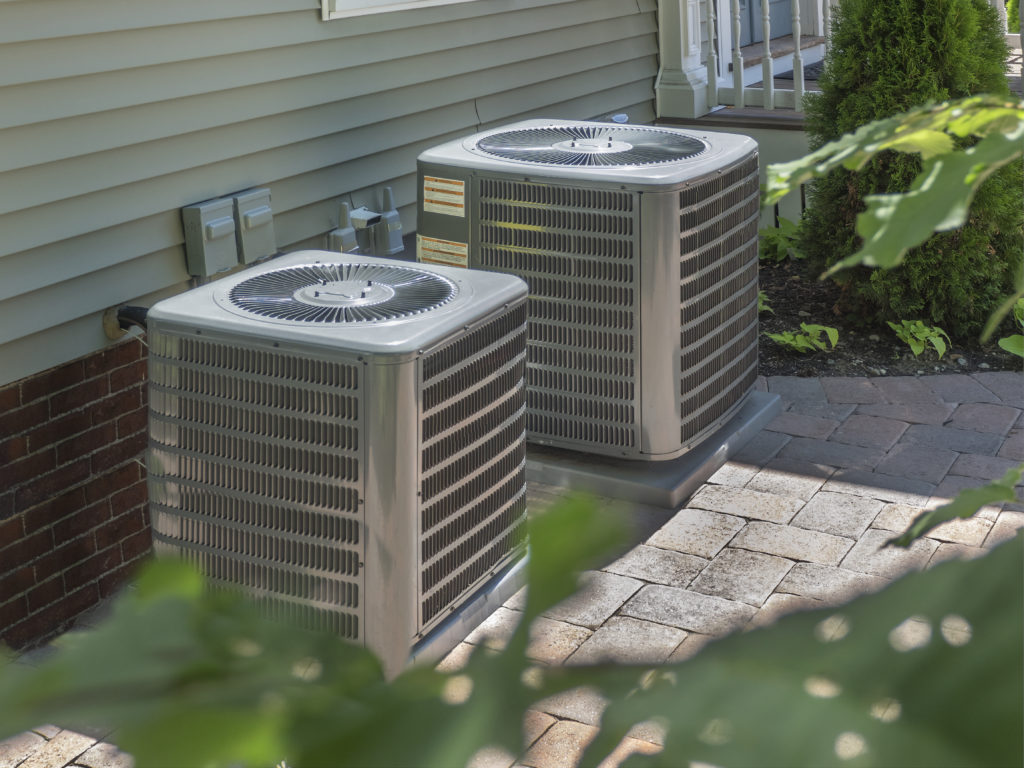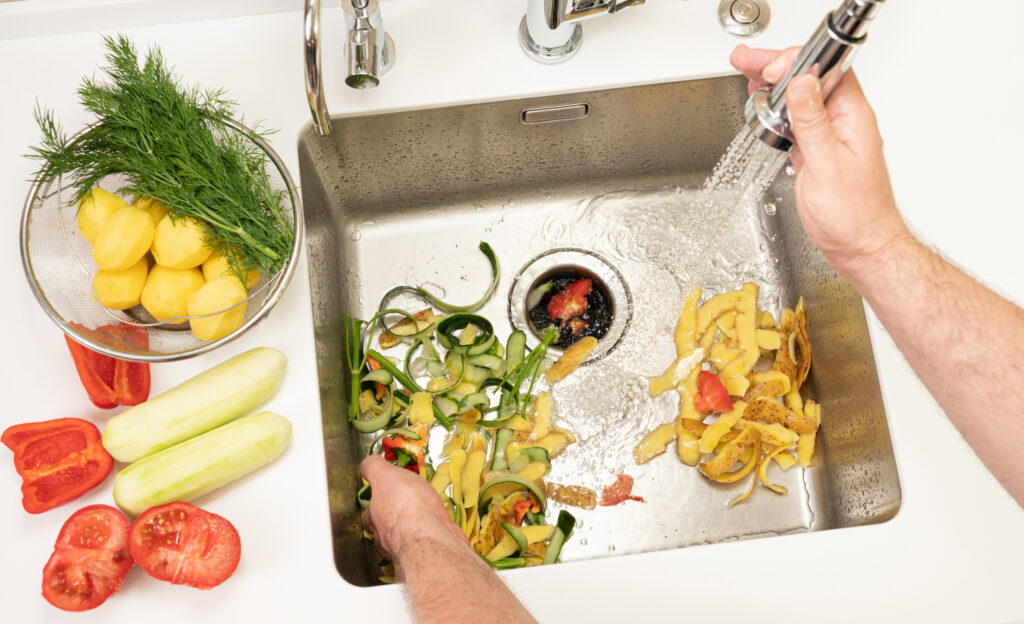Common Plumbing Problems Found in Older Homes
PlumbingOlder homes possess a charm that’s difficult to replicate. However, owning an older home can present a unique set of challenges, particularly when it comes to the property’s plumbing system.
Whether you own an older home currently or are considering buying one, here are some of the problems that you may encounter.
1. Invasive Tree Roots
Many older properties have big, beautiful trees, but those trees may come at a price. Tree roots can crowd, break, or grow inside of a home’s underground sewer line. In some cases, a sewer line can be mended with a trenchless repair, but if not, the pipe will need to be excavated to be replaced.
2. Clogs
Unfortunately, when you move into an older home, you have no idea what the previous owners put down the drain. Any plumber will tell you that the only things that should enter your pipes are water, toilet paper, “number one,” and “number two”—with the exception of food scraps ground up by a garbage disposal. The pipes might also be lined with decades of grease, soap scum, grime, and sediment buildup.
If you’re experiencing frequent clogs in your vintage home, contact a plumber to cable the drains. If the pipes are strong enough, hydro jetting them can blast away years of stubborn buildup.
3. Leaking, Inefficient Fixtures
If your previous home’s owners had the “if it ain’t broke, don’t fix it” mentality, then you can end up with a lot of water-waste and high water bills in your older home. Even if it’s just one faucet dripping once every two seconds, it will waste over 1,040 gallons a year. Consider upgrading your fixtures to WaterSense-labeled models to save the most water.
4. Lead-Based Solders
Old copper piping was often fitted together with lead-based solder, and this practice wasn’t prohibited by law until 1986. Lead is poisonous if ingested, so it’s a good idea to replace any lead in your home with lead-free pipes, fittings, and fixtures.
5. Outdated Pipe Materials
There are two outdated pipe materials in particular that can give homeowners a major headache: polybutylene and galvanized steel.
- Polybutylene pipes were installed in millions of U.S. homes from 1975 to 1996 because they were cheap and appeared to be durable. Unfortunately, the pipes began breaking down over time from exposure to disinfectants in purified water, which led to millions of dollars in damage and multiple lawsuits. By now, many polybutylene pipes have already failed and been replaced, but make sure to keep an eye out for this material.
- Galvanized steel pipes work just fine until their protective zinc coating wears off. Once that happens, the pipes start to corrode from the inside. This corrosion buildup results in restricted water pressure and, ultimately, fractures and leaks.
Need help with your home’s plumbing? Look no further than Stuart Services! We serve customers throughout New Orleans and the North Shore area: 504-321-2079.







